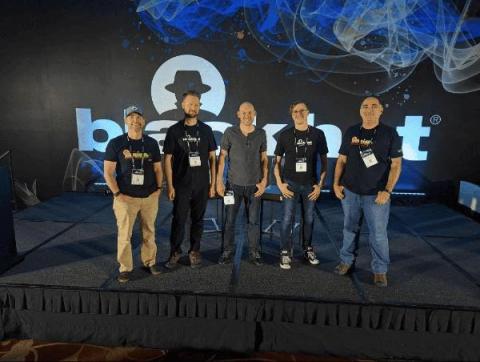The Evolution of Persistent Threats: From Chernobyl to BlackLotus
In this blog post, we will explore how the computer security landscape has expanded to reach below the operating system levels, aiming to address areas that are often overlooked or completely neglected in cybersecurity. Attackers have discovered techniques to establish long-term persistence in compromised hosts by injecting malicious code to run before the operating system loads in areas commonly referred to as Basic Input Output System (BIOS).











